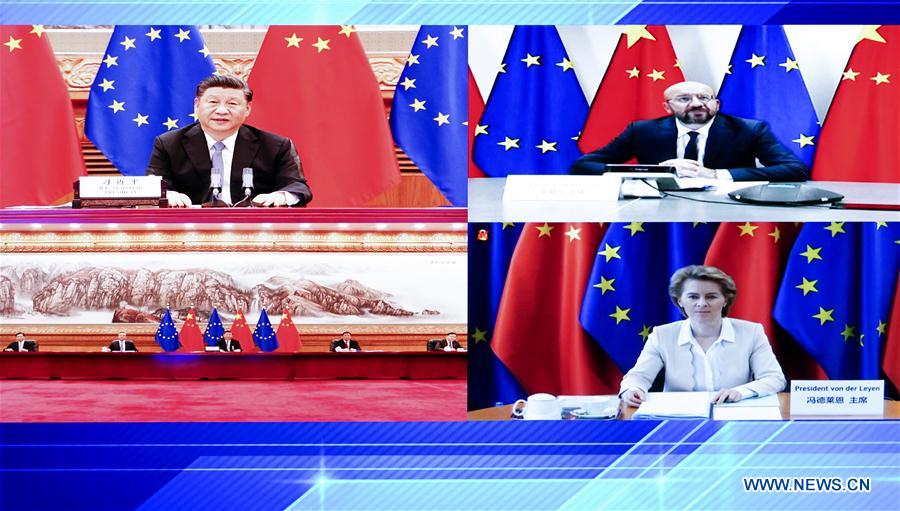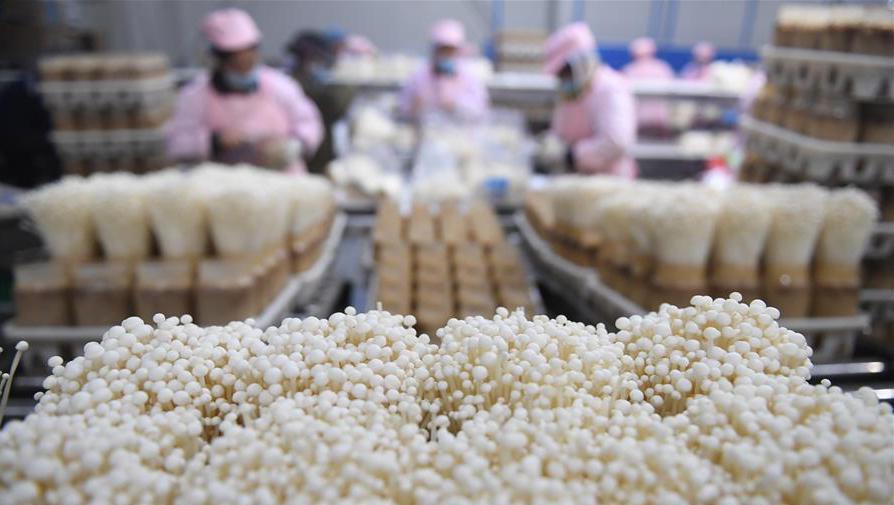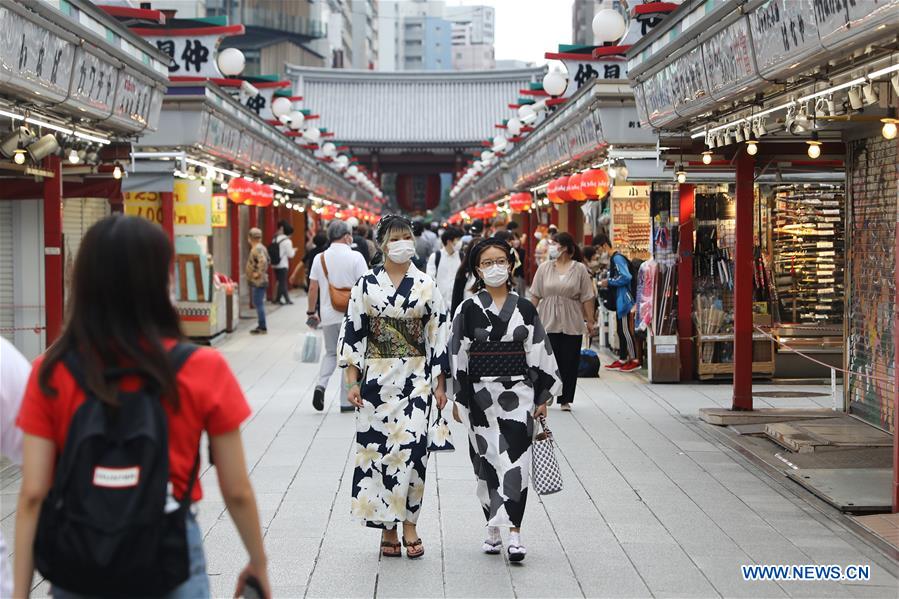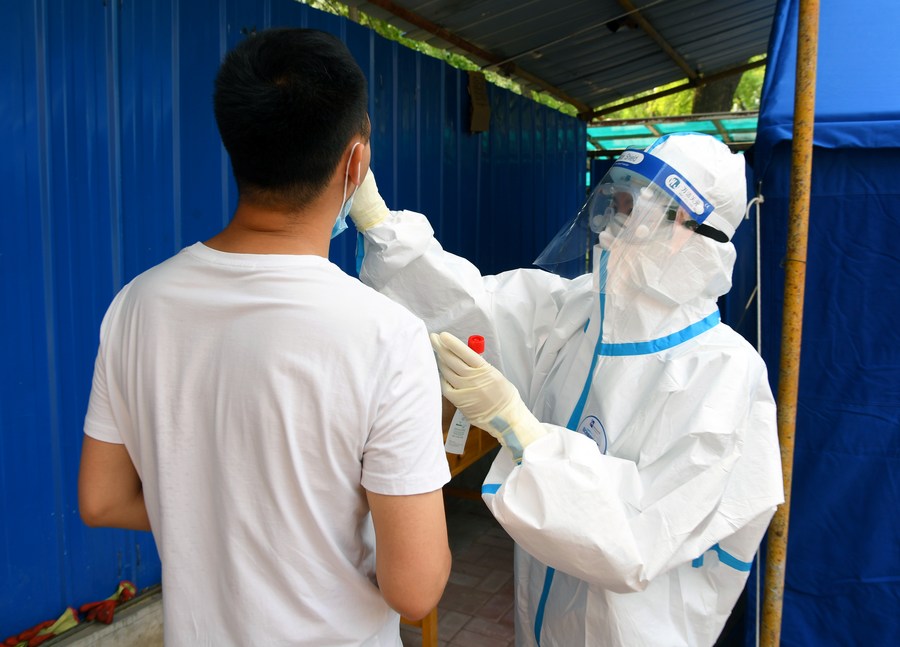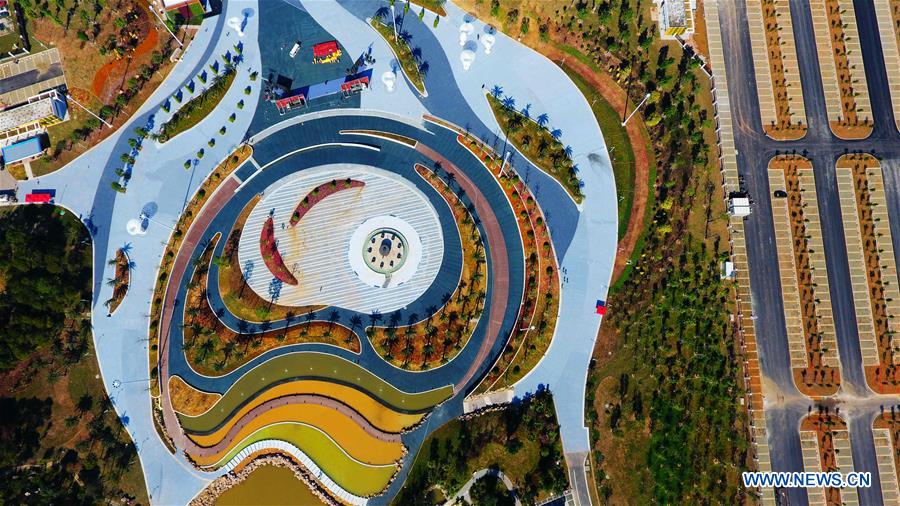- The capital city of Beijing has adopted a more targeted approach to tackle the resurgence of the novel coronavirus outbreak in order to balance epidemic containment with normalization of life.
- Instead of classifying the COVID-19 risk based on districts, Beijing categorized the risks in subdistricts and townships.
BEIJING, June 22 -- The capital city of Beijing has adopted a more targeted approach to tackle the resurgence of the novel coronavirus outbreak in order to balance epidemic containment with normalization of life.
From June 11 to 21, Beijing reported 236 confirmed domestically-transmitted cases. Starting June 16, the national capital city upgraded the posture of emergency response to COVID-19 from level III to II.
Instead of classifying the COVID-19 risk based on districts, Beijing categorized the risks in subdistricts and townships and accordingly adjusted the classification. A subdistrict is an urban administrative division one level lower than a district and consists of several residential communities or neighborhoods. Beijing has more than 300 subdistricts and townships.
As of 3:00 p.m. Sunday, the city had listed 37 subdistricts and townships as medium-risk zones and four as high-risk ones.
RAISING THE GUARD
Most of the latest COVID-19 cases reported in Beijing were related to Xinfadi, a large wholesale market for fruits, vegetables, and meat catering to the demand of the national capital city of more than 21 million.
To contain the spread of the disease, Beijing has been undertaking extensive testing of people who had been to the market, and implemented strict community control measures in surrounding areas.

